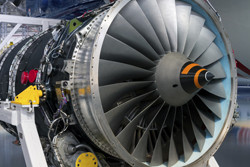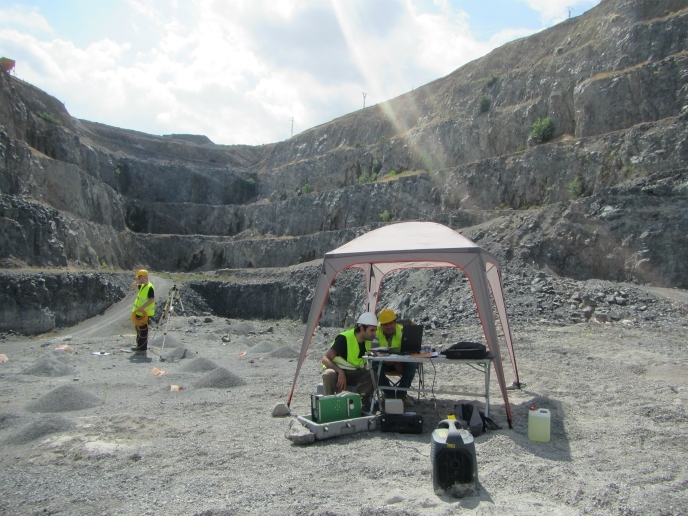Improved cooling for future aero engines
Jet engine fuel efficiency largely depends on turbine performance. Turbine cooling system designs remain one of the most challenging parts of engine development, and designers rely heavily on empirical tools to produce new designs. The EU-funded ERICKA(opens in new window) (Engine representative internal cooling knowledge and applications) project conducted several tests in stationary and rotating test rigs to optimise cooling designs of turbine blades. Experimental work was supplemented by computational analysis and modelling. Leading-edge cooling technology represents a critical area for improved gas turbine blade cooling design. A major part of the work was geared toward optimising the cooling performance of impingement systems. Different positions, angles and shapes for jet holes were tested to evaluate blade cooling performance. To achieve better results, the jet hole and fin positions were also shifted. Project partners extensively investigated static and rotating cooling geometries typical of current and future engines. Experiments resulted in the selection of new geometries being designed, manufactured and tested. ERICKA provided world-class measurement data of the heat transfer coefficient (HTC), and developed computational methods to advantageously exploit rotation to improve cooling design and turbine efficiency. Computational fluid dynamic analysis helped predict internal flows. The project supported the development of design software specifically for designing cooling systems. Based on the HTC measurements, project partners developed code to find the optimum cooling passage designs for high- and low-pressure turbines. A database containing heat transfer data and pressure loss measurements from the optimised static rig geometry is available for download from the project website. ERICKA aimed to reduce carbon dioxide emissions by 1 % compared to the year 2000 reference engines. The project significantly enhanced understanding of heat transfer and cooling to enable development of new cooling solutions. Project dissemination activities include a presentation and a poster presented at a workshop as well as the project website.







